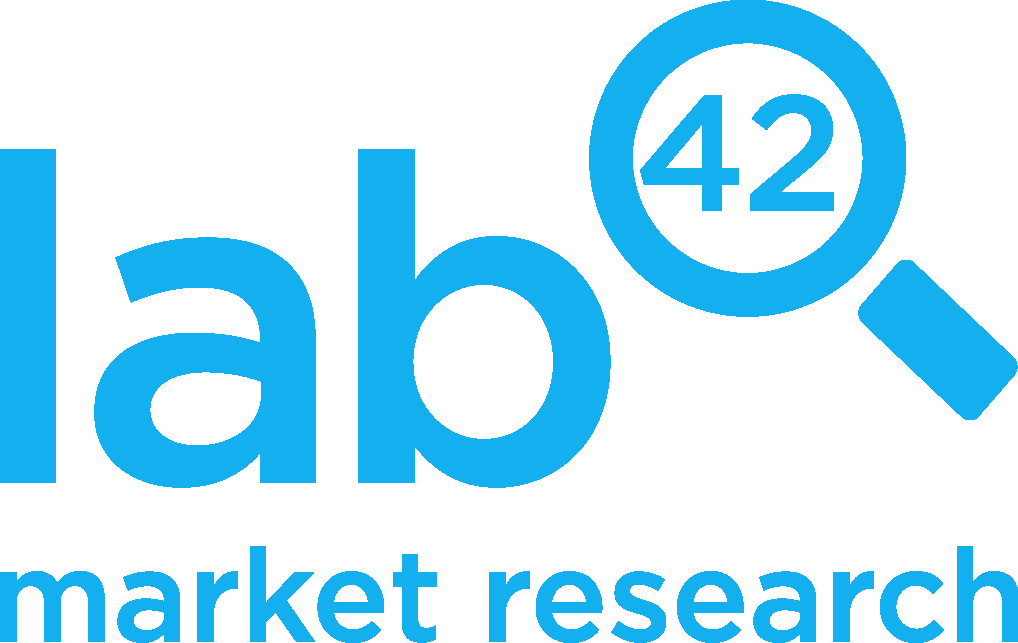Top 6 Most REQUESTED Research Tools BY Brand Managers
Each year comes with a new set of needs, questions and issues brand managers need to tackle. Each brand is different and as such there is no one size fits all “research plan” that could apply to every brand.
However, we do see trends in what our clients, brand managers across different verticals, and their agencies mostly ask us about, which are good indications of what research tools are the most useful for them.
Here is a list of Lab42’s Top 6 most asked-for research tools in the past 12 months, and how they can be used.
1. Brand Equity: Quant research to understand your brand
Use Brand equity to understand:
Whether consumers know about your brand
If they have they used it
What do they think about it
Whether your brand different from others in the category
What other brands are customers using and why
All these questions and more can be answered by a Brand Equity study. They can also be conducted as a point-in-time study, where we want to determine the brand equity at one point, or in waves, where we want to compare the equity over time. Wave studies are typically conducted once or twice per year, or after a marketing or advertising campaign to determine the effectiveness of that campaign.
2. Segmentation: Quant research to understand your customers
Use a Segmentation study to understand who your customers are – both current and potential.
Determine how they behave, shop, engage with your brand and the category
Identify how to target them with messages that are relevant to them on channels that they use
A segmentation study will group customers into segments with similar characteristics, identifying the size of each segment and identifying which groups of customers make the most business sense to focus on.
3. Ad Effectiveness Research: Quant research for optimization
Use Ad Effectiveness research before you launch any type of advertisement to make sure it resonates with your target customer.
Determine whether the ad is liked and motivating.
Whether it communicates the intended messages about the brand
Some ads are easy to test and adjust live (A/B test of static digital on sites). Other ads are more expensive: video ads, print ads, require more time and a bigger budget to produce.
As a benefit, testing early stage ads or even finished ads before they go live may save you time and money as ad effectiveness tests also provide guidance to optimize the ads.
4. New Product Concept Research: Quant research for product development
Use New Product Concept research to determine whether a new product idea would be viable in the market. Understand whether the target consumers find this product relevant, meets a need and would ultimately want to buy it.
Developing new products carries risk, both financial and resource wise, so a new product research test can help guide you on whether your idea has legs, what about it consumers like and find beneficial and how much they would be willing to spend on it.
5. Naming Research: Quant research for product development
A natural step in launching a new product is determining what to name this product. There is a lot in a name. It can make your brand/product stand out, or it may completely confuse your customers. It may be clever and catchy, or forgettable and formulaic.
Our advice is do not go with your gut feeling! There are naming experts that can help you come up with potential names (for example, Pink Sky Namery) and once you have a list of potential names, you can conduct quantitative research to test the effectiveness of these names in conveying what the product is, its personality, its benefits and that it’s a name that would enhance and not detract from the brand.
6. Focus groups or 1-1’s: Qual research for deeper learnings/exploration
These qualitative research tools are great solo or in conjunction with any of the quant research projects mentioned above. They can be used before a quant research project as exploratory tools to gather insights that can be used to further develop a quant study, or they can be added after a quant study to help dig deeper in certain areas and get a better, more detailed understanding why customers behave in certain ways.
Either way, they are great tools to provide more detailed insights when needed.
It’s important for brand managers to have the best and most adaptable tools at their fingertips as they address constantly changing consumer behaviors and market trends. No longer can companies rest on their laurels and customer loyalty - they need to be nimble and ready to effectively identify opportunities for brand success and growth. These 6 types of research can be implemented as valuable tools to help make more informed, decisions.

